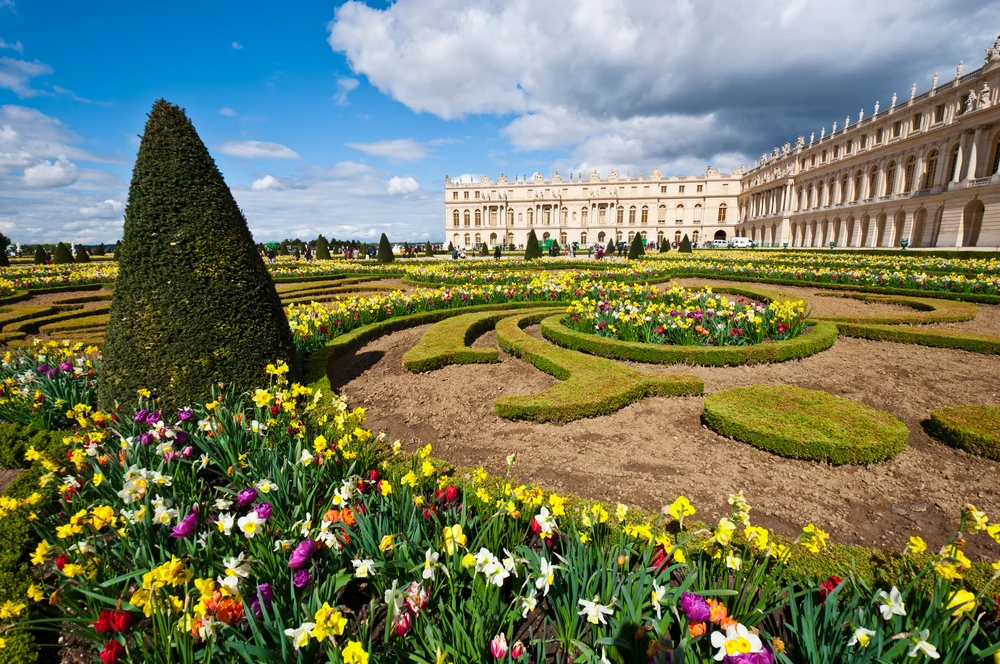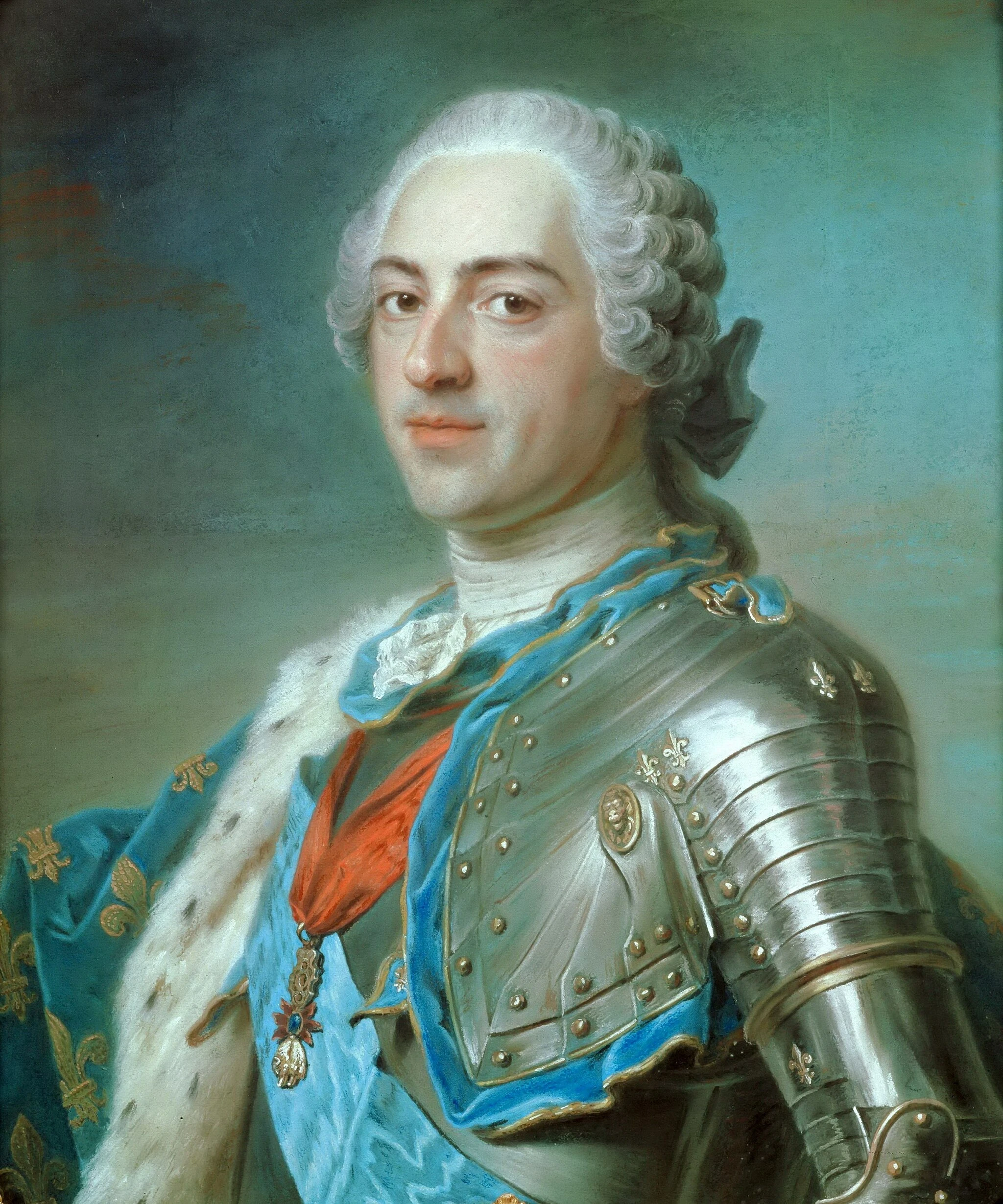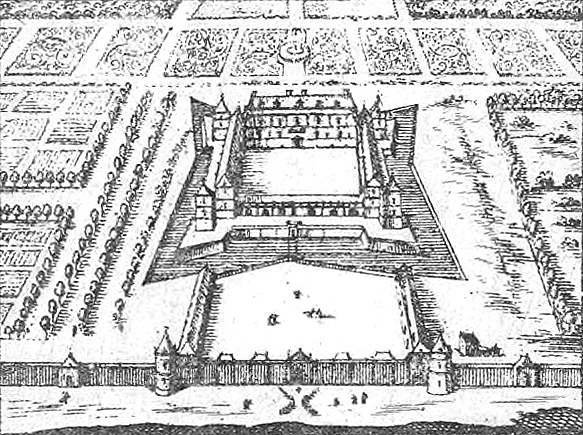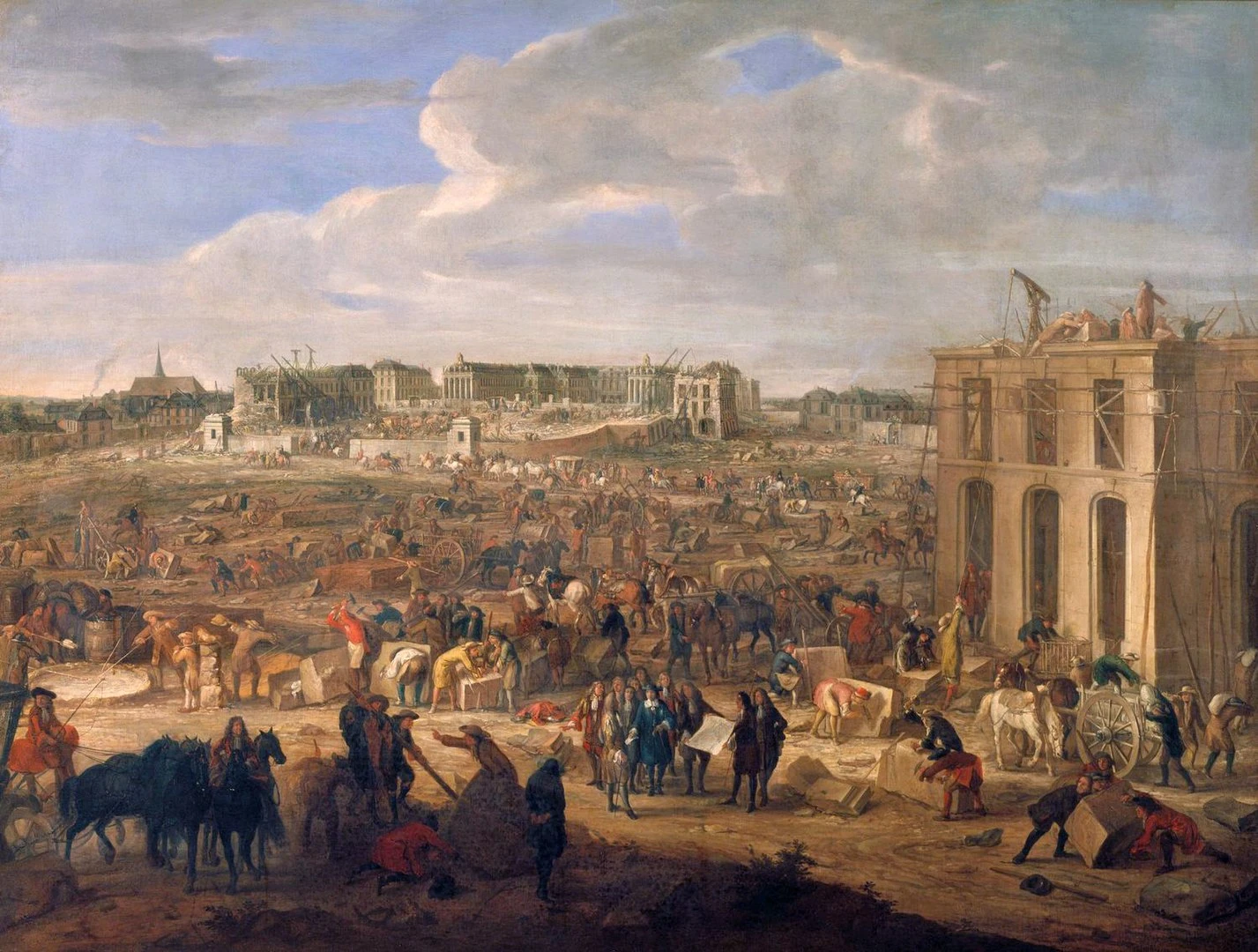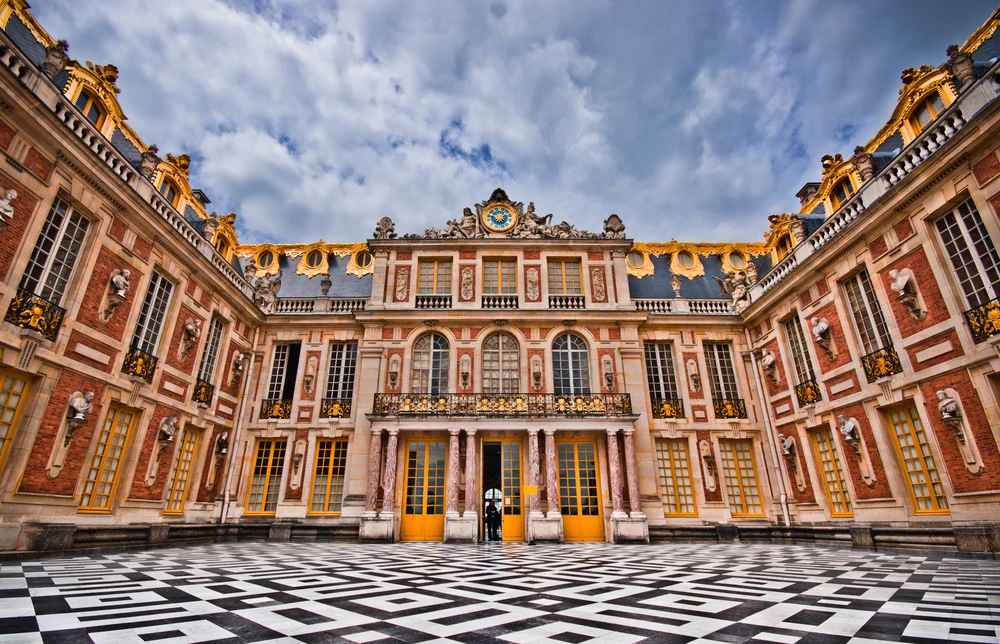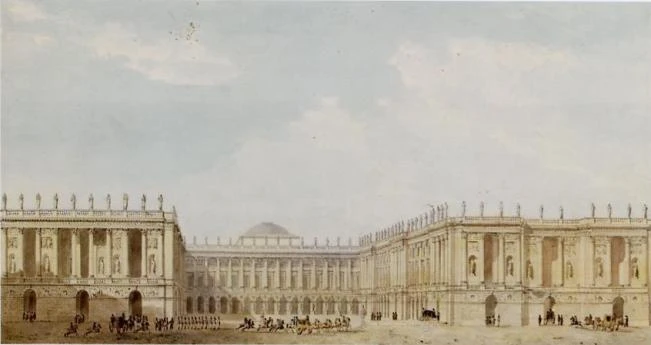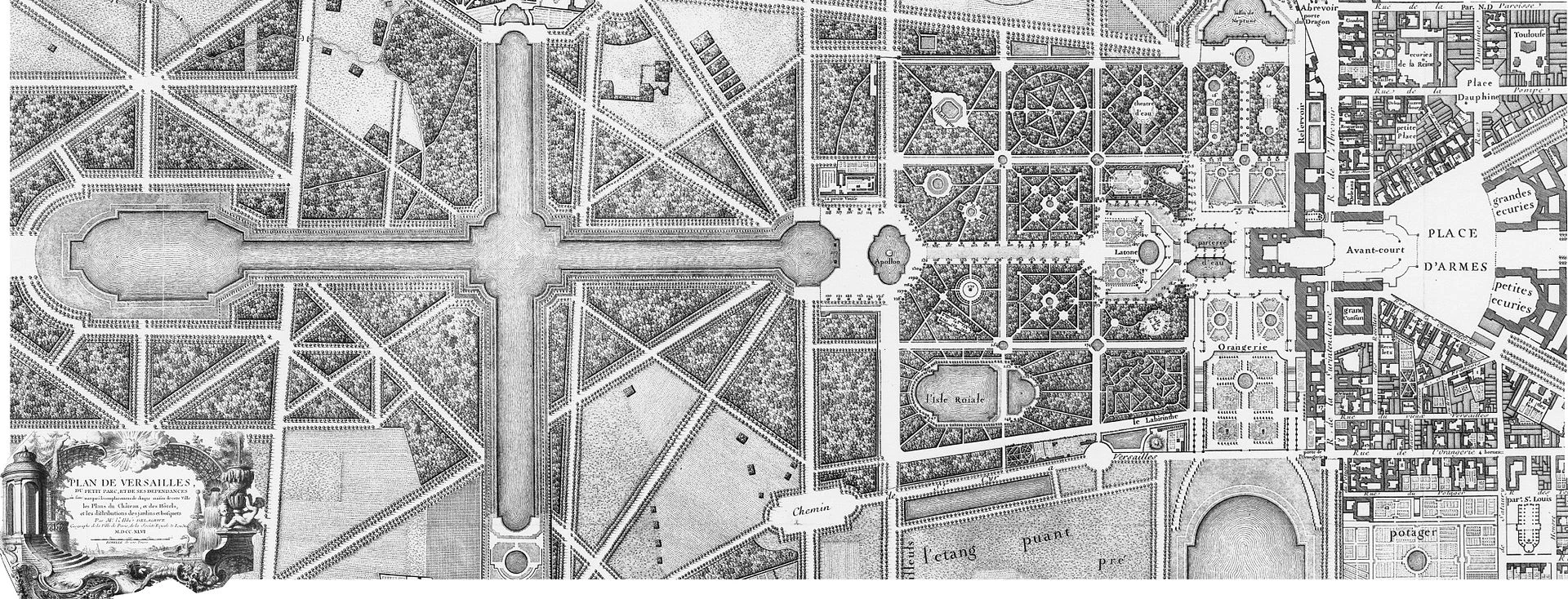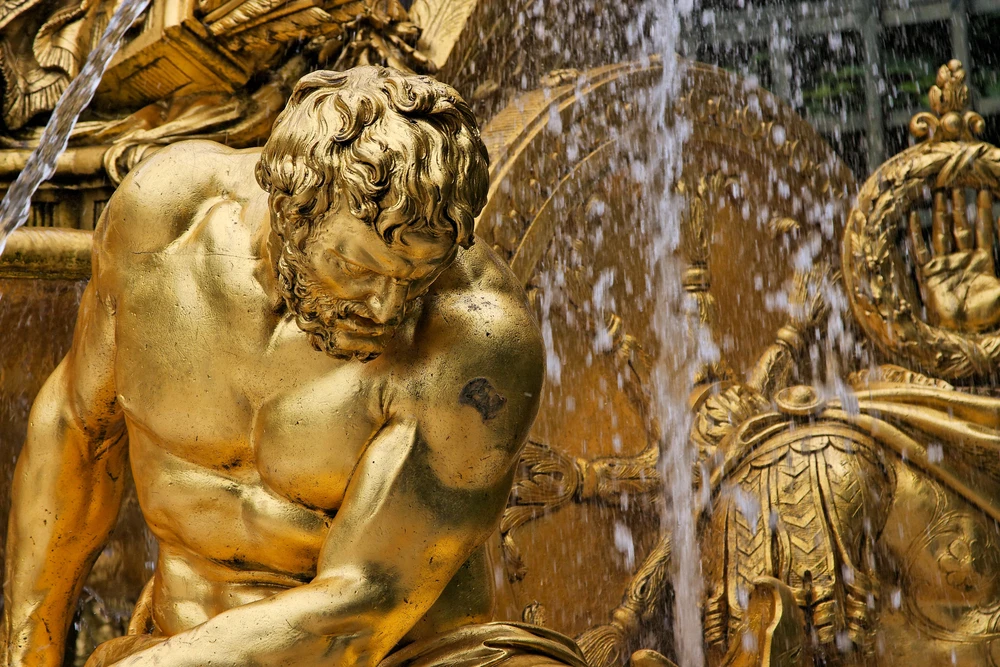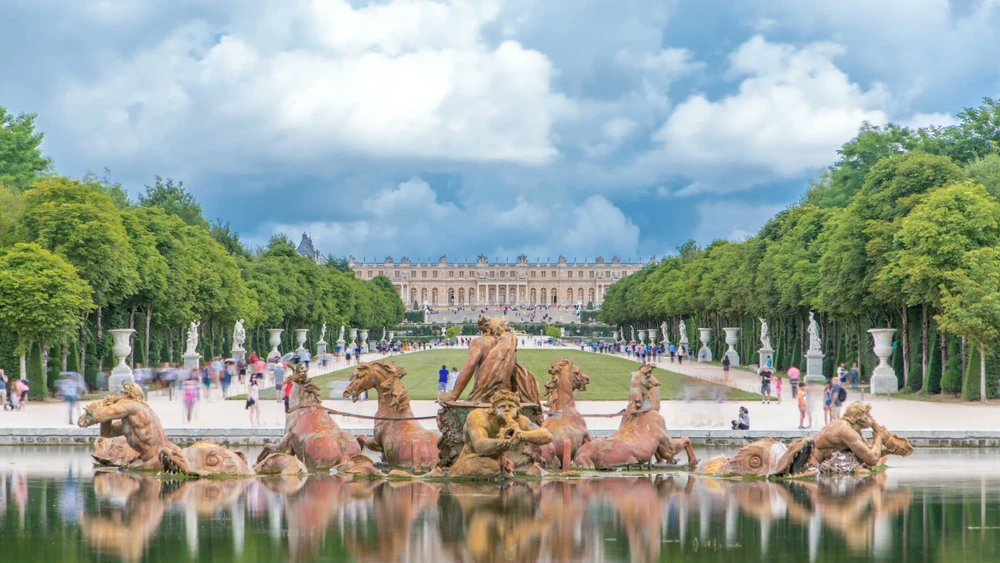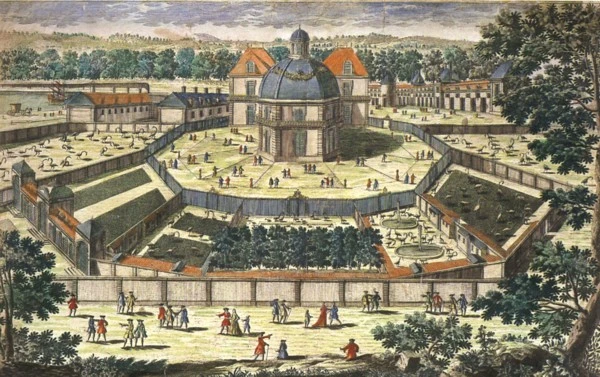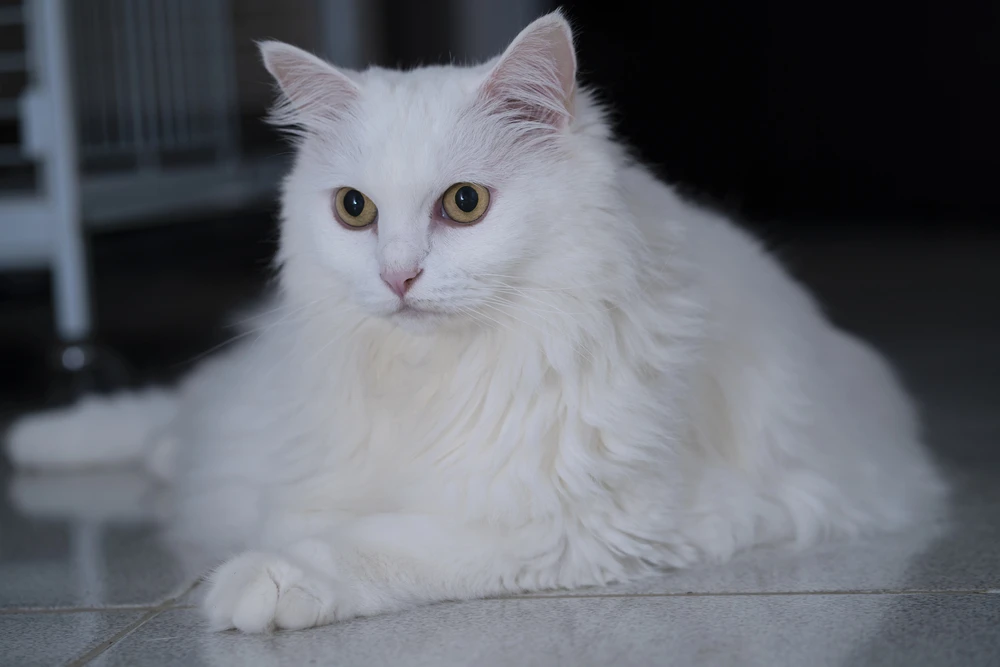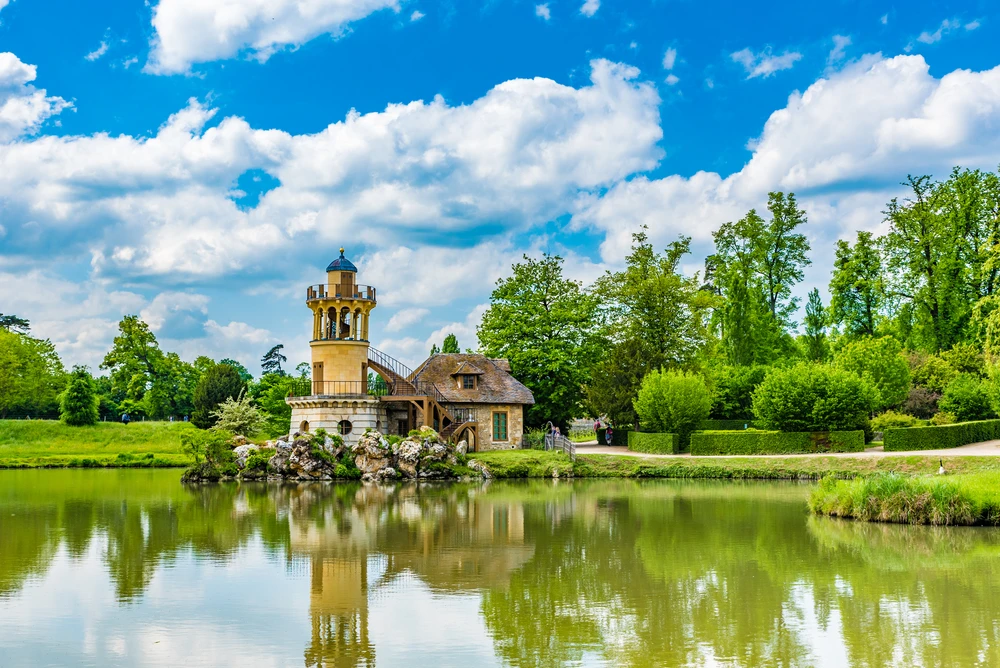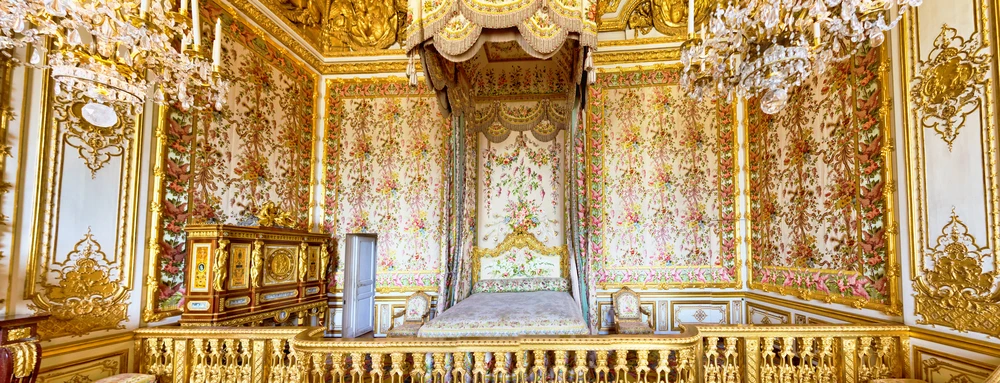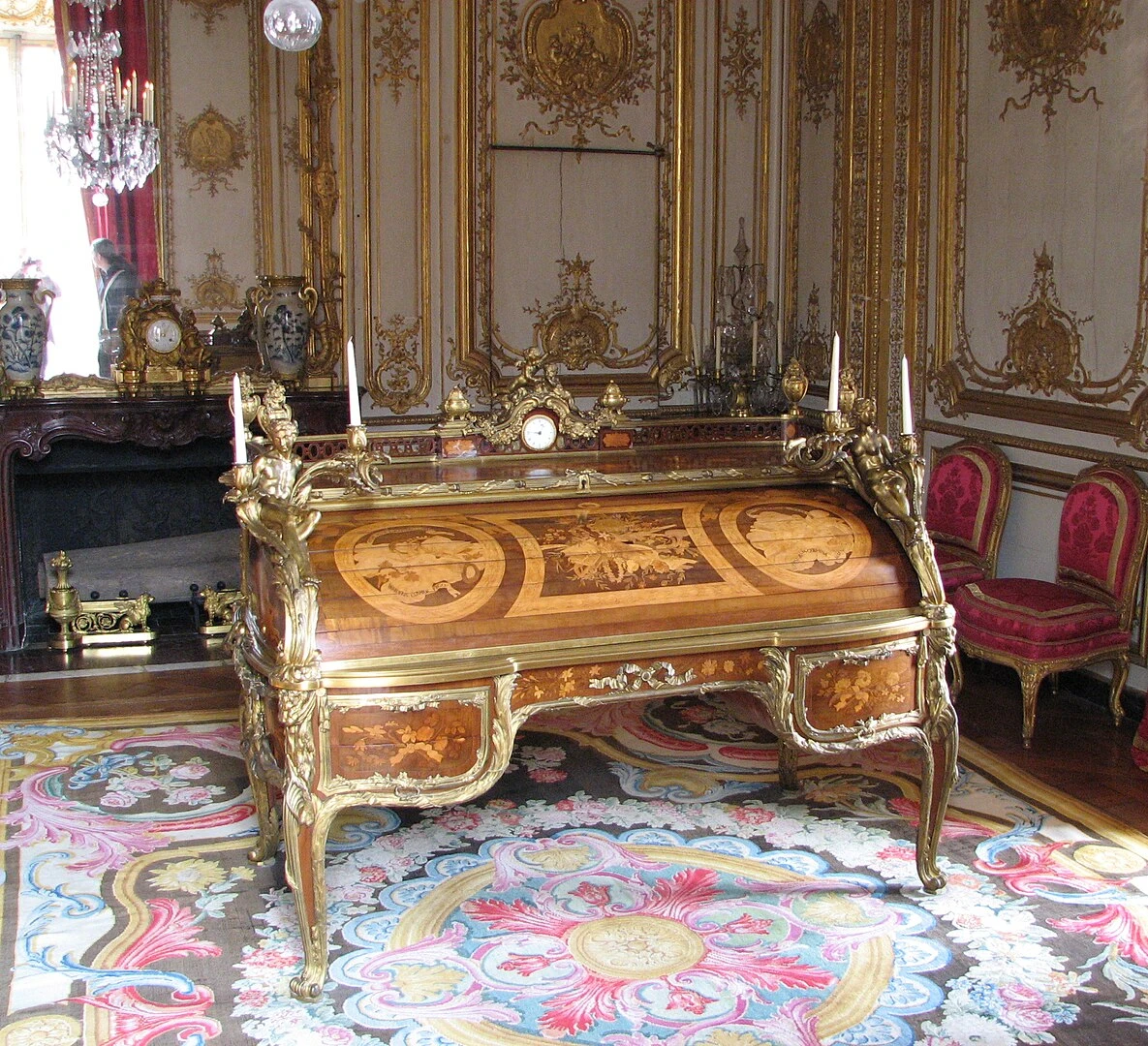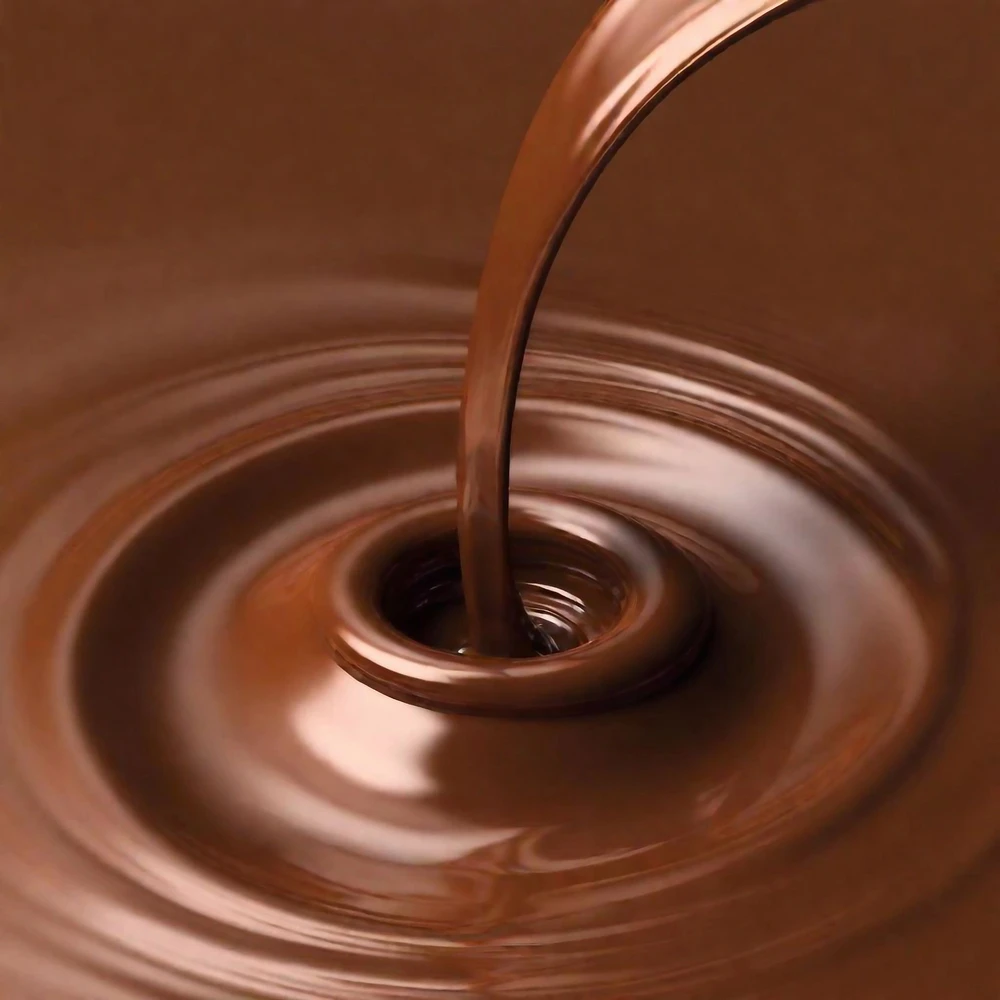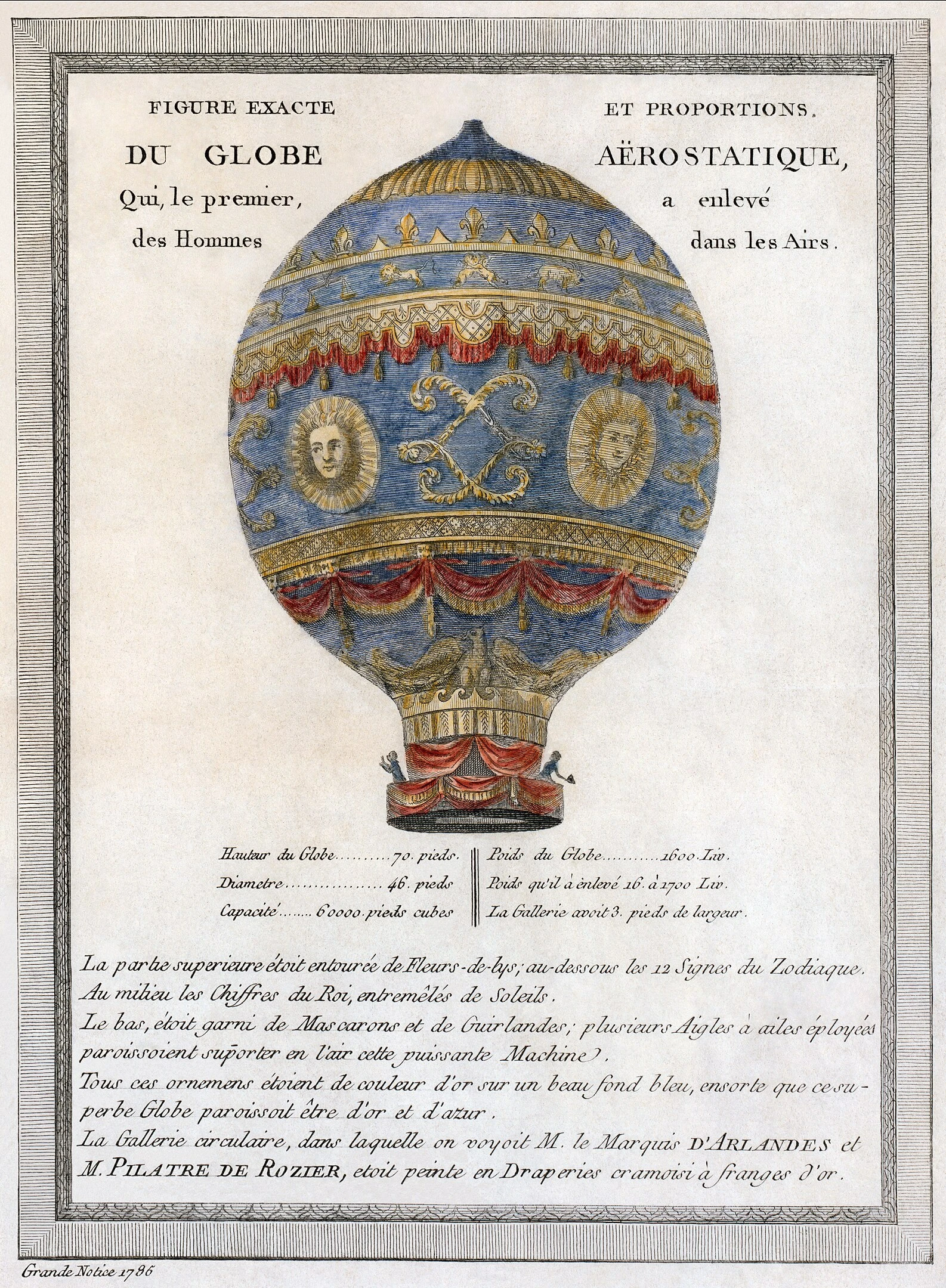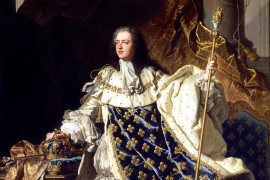Summary of what you are about to read
In this article, you will discover ten surprising facts about the Palace of Versailles, from its early openness to the public and its secret passages to water shortages, royal pets, unusual eating habits and even the first flight in human history. A different way to understand Versailles beyond its glittering image.
1. Versailles has always been open to the public
The flower gardens of Versailles / Photo chosen by Monsieur de France: shutterstock
Surprisingly, the Château de Versailles has always been open to the public, and not just to the Court. The park was long accessible to the public before Louis XIV decided to close it due to abuse. Thefts, or even couples caught in the groves. In the 18th century, you needed the proper attire and, above all, a sword. In fact, you could hire one at the château entrance. Under Louis XV it was required to wear a wig. That said, nothing is written. It's tradition that rules.
Under Louis XV one must be well dressed and wear "bourse" and perruque. DAMIEN's attempt on the king's life leads to more restrictive measures afterwards / image chosen by Monsieur de France: Maurice-Quentin de La Tour, Public domain, via Wikimedia Commons
2. From a small castle to a world-famous palace
Versailles as it was in 1640, that is, as Louis XIII knew it / Image chosen by Monsieur de France: By Jacques Gomboust - This image comes from the Gallica online library under the ARK identifier btv1b53010706v/f4.item, Public domain, https://commons.wikimedia.org/w/index.php?curid=28902867
If Louis XIV was interested in Versailles, it's because it's one of the few buildings we owe to his father, Louis XIII, whom he didn't know very well. Louis XIII had a passion for hunting, as did all the Bourbons, and he had a small château built in the typical style of his time: red brick and white stone, between the villages of Versailles and Trianon (Trianon still had its church and a few houses), near a game-filled forest. He liked to retire there with a few close friends (the château was even off-limits to women, especially his own).
The construction of the Château de Versailles By Adam François van der Meulen - 1. Adam Frans van der Meulen - Construction of the Château de Versailles2. Web Gallery of Art: Image Info about artwork, Public domain, https://commons.wikimedia.org/w/index.php?curid=15463386
It was, however, a political place, since the king was there, and it was there that the Day of the Dupes took place, that day when opponents of Cardinal de Richelieu thought they'd succeed in getting him fired, without success, the cardinal appearing to them alongside the king at Versailles. It was around this "little house of cards", as Saint Simon used to say, that Louis XIV had the greatest palace in the world built.
Louis XIV ordered that his father's palace be preserved and that new buildings be constructed around it. Thus, the marble courtyard façade is that of the first palace built for Louis XIII / Photo chosen by Monsieur de France: shutterstock.
In fact, it was to have been completely erased at the end of the 18th century and masked by a new columned facade, but lack of money and the French Revolution prevented the work, which only began on the ministers' wing, which displays a pedimented, columned facade towards the Place d'Armes. Other projects were presented to Napoleon 1st, but none were ever launched;
One of the projects to rebuild the facades of Versailles presented to Napoleon 1st by Dufour and Fontaine in 1811 / Image chosen by Monsieur de France : By Alexandre Dufour - Musée national du château de Versailles, Domaine public, https://commons.wikimedia.org/w/index.php?curid=23612530
3. Louis XIV wrote the first tourist guide to Versailles
Very proud of his palace and especially his gardens, it was Louis XIV himself who wrote "manière de montrer les jardins de Versailles", the very first tourist guide to the Palace of Versailles. 7 different versions were written by the king between 1689 and 1795. He's all about efficiency, by the way, as he points out the paths (take right, left etc...) but doesn't gush. Efficient. It was this guide that was used in 1686 by the King of Siam's ambassadors to discover the park, groves and gardens. Flowers were everywhere in the gardens of Versailles, particularly at the Trianon estate, where they were so numerous that their heady scent could bother visitors.
Map of the park of Versailles under Louis XV / image selected by monsieurdefrance.com: By Jean Delagrive - Bibliothèque nationale de France, Maps and Plans Department, GE DD-2987 (834 B), Public domain, https://commons.wikimedia.org/w/index.php?curid=1337256
4. Water shortages in Versailles: a real headache
Water has always been in short supply at Versailles, and it's a real privilege for our times to see the fountains running full tilt / Photo chosen by monsieurdefrance.com: depositphotos
The park has always lacked the water needed to run the fountains continuously. As a result, they were turned on only when the king was passing. When the king approached, the fountainmen were warned by a whistle and opened the valves. They would close them again after the monarch had passed. To improve matters, several solutions were explored. For example the Marly machine, located in Bougival and built between 1681 and 1688 to draw water from the Seine. It was also imagined to divert the course of the Eure and work began in 1685. 30,000 men worked on this project (6,000 died), mainly soldiers, who were used for major works when there was no conflict. The wars at the end of the reign eventually brought the work to a halt. All that remains is an aqueduct, which runs through the park of the château of the Marquise de Maintenon, the king's morganatic wife, a few kilometers from Chartres.
Le bassin d'appolon à Versailles / Photo chosen by monsieurdefrance.com: shutterstock
5. The royal menagerie: a veritable zoo at Versailles
Versailles was very famous for its menagerie. Located in the château's park, it was open to the public and allowed visitors to see wild animals. Erected at the start of the king's passion for Versailles, in 1663, it consisted of 3 pavilions, including a domed central pavilion, and 7 gated courtyards. A balcony allowed the king, but also scientists, to observe the animals. There were ostriches, flamingos, gazelles, sultana hens and even gifts made to the king such as an elephant offered by the King of Portugal or a tigress offered by the Sultan of Morocco. The menagerie was closed during the Revolution and the animals transferred to the Jardin des plantes in Paris.
La ménagerie de Versailles / Image choisie par monsieurdefrance.com : D'Aveline (French artist, late 17th and early 18th century) — Coloured copperplate print (Detail), Domaine public, https://commons.wikimedia.org/w/index.php?curid=714947
6. Pets and royal passions
Brillant , Louis XV's cat was a white angora cat that must have resembled this one / Photo chosen by monsieur de France: depositphotos
We don't always know it, but pets had their place at Versailles. Louis XIV hunted a lot and therefore had a pack. He adored his dogs, mainly braques, and even had them depicted in paintings we still have. Louis XV did the same. He also loved cats. Two have remained famous: the General, whom the king named because he had a haughty bearing, and Brillant, a white angora cat who regularly roamed the table at the king's council meetings, and whom only Louis XV could pet. He threw a huge tantrum when he caught servants making a nuisance of him. Louis XVI was quite epidermic to animals, and even shot the Countess de Maurepas's cat. For her part, Marie Antoinette had her farm animals with her hens, whose eggs were served at her table, and cows that she sometimes milked herself.
The Queen's hamlet at Trianon where her farm, cows and chickens were located / Photo chosen by Monsieur de France Shutterstock
7. Versailles: a maze of secret passages
Marie Antoinette's bedroom. To the left of the bed is a door in the tapestry that opens onto a corridor leading into various small rooms and up to Louis XIV's parade room / Photo chosen by monsieur de France: shutterstock
What you don't see when you visit the château is that it's riddled with more or less secret corridors and passages, as well as small rooms. Running alongside the grand salons, punctuated by staircases, these passages enabled servants, but also the king, to go discreetly from one room to another without always having to pass through the throng of courtiers. In particular, a path connected the Queen's bedroom and the King's bedroom. During the October days, Louis XVI took one passage and Marie Antoinette another to escape the rioters and they didn't cross. Marie Antoinette ended up in the salon de l'oeil de bœuf, in front of Louis XIV's bedroom while Louis XVI was looking for her. There are also inner courtyards that we don't see but are surrounded by small rooms, including a delightful boudoir made for Marie Antoinette: the cabinet de la méridienne. It is decorated on the theme of Juno's peacock, an emblem of marriage and the Dauphin since it was made in 1781 a little before the birth of her child heir to the throne and therefore Dauphin of France. On the 2nd floor, the recently restored apartments of Madame du Barry can be visited, as can the small apartments of Louis XV, including his study.
Louis XV's sublime desk, crammed with secret drawers, housed in the king's small apartments at Versailles / Photo chosen by Monsieur de France: By TCY - Own work, CC BY-SA 3.0, https://commons.wikimedia.org/w/index.php?curid=14185999
8. At Versailles, the king ate cold
Louis XIV dined in public at the "Grand Couvert" and was seated alone. Louis XV and Louis XVI continued this Court rule but did so less often. The king could dine in any room, since the table was set for him wherever he wished, his room most often. Many jobs, bought very expensively, were attached to "the mouth" and before the king was served, many people had to perform their duties. Thus, just to get a drink, the king had to wait more than a quarter of an hour between the moment he asked for a drink and the moment he was served. Dishes arrived cold most of the time, since the kitchens were located in the Grand Commun several hundred meters away. Louis XV hated this, and eventually had a dining room installed in his small apartments.
9. Chocolate, star of the royal table
Chocolate has been enjoyed throughout the history of Versailles. It was Marie Thérèse of Austria, the wife of Louis XIV, who brought it up to date. In the 18th century, it was fashionable to drink chocolate and even lather it yourself in a chocolatière. The drink has nothing to do with the chocolate we drink today. It's flavored with spices, very dense, and you have to shake a wooden stick to make it a little more liquid. Louis XV particularly enjoyed making his coffee himself.
At Versailles, chocolate is a real passion / Photo chosen by monsieurdefrance.com: despositphotos
10. The first flight in human history took place at Versailles
Drawing of the first hot-air balloon to fly carrying human beings / Image selected by monsieurdefrance.com : By Author Unknown - This image is available on the Prints and Photographs division of the U.S. Library of Congress under identification number ppmsca.02447 Public domain, https://commons.wikimedia.org/w/index.php?curid=4409624
Versailles has always been a rather science-friendly place. It has to be said that Louis XV and Louis XVI were passionate about the sciences of their day. It was from Versailles, from the Cour d'Honneur, that the first manned flight took off on September 19, 1783. On board the hot-air balloon: a sheep, a duck and a rooster. They reached an altitude of 550 meters. Only the sheep broke a leg. The first flight by a human being took place on November 21, 1783, with Jean-François Pilâtre de Rozier and the Marquis d'Arlandes.
FAQ VERSAILLES fun facts
What are some fun facts about the Palace of Versailles?
Versailles has secret passages, suffered from water shortages, welcomed exotic animals and even hosted the first human flight in history.
Did people live permanently at the Palace of Versailles?
Yes, thousands of courtiers, servants and officials lived permanently at Versailles during the reign of Louis XIV.
Were there secret passages in the Palace of Versailles?
Yes, many hidden corridors allowed discreet movement and access to private apartments.
Did Versailles really have water problems?
Yes, the fountains required more water than nearby sources could provide, causing frequent shortages.
What animals lived at the Palace of Versailles?
Exotic animals such as lions, elephants and ostriches lived in the royal menagerie, alongside pets of the royal family.
Did the first flight really happen at Versailles?
Yes, the first manned hot-air balloon flight took place at Versailles in 1783.
An article by Jérôme Prod’homme for Monsieur de France, with passion and pleasure in telling the story of France, tourism and gastronomy.

